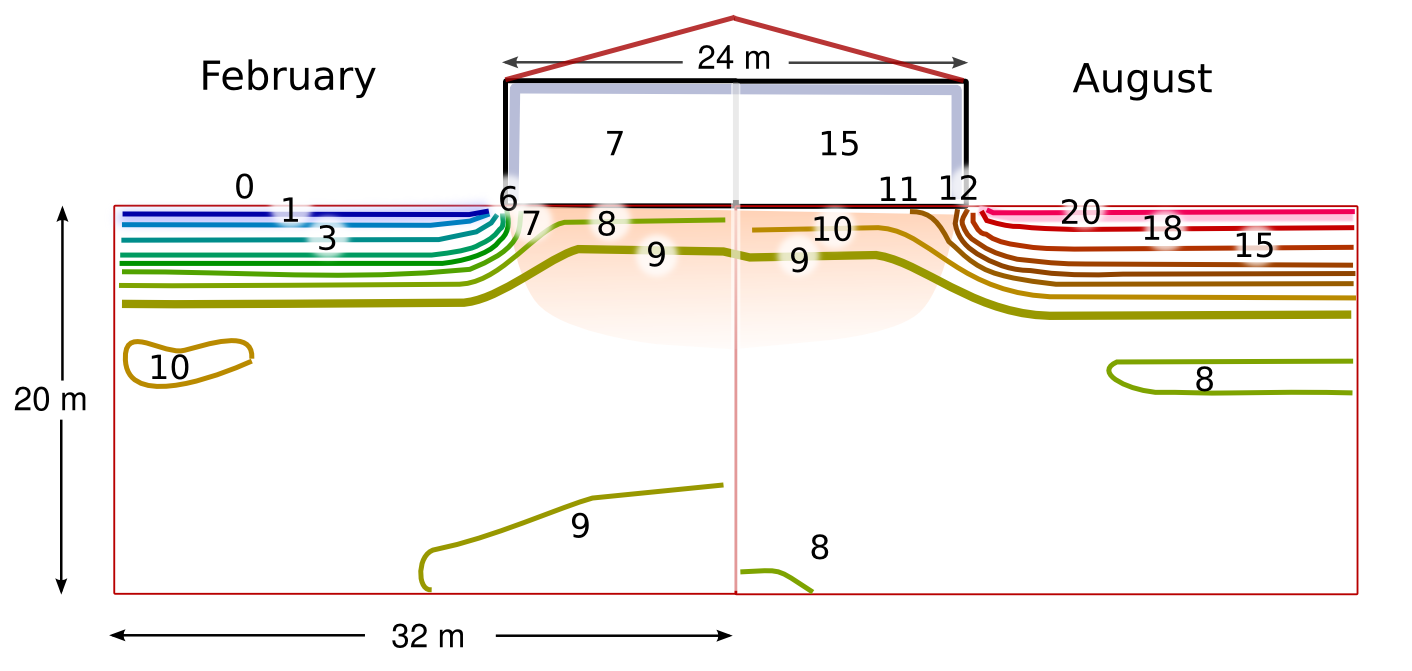


On fixed mounts: Cameras installed at streamgages and bridges enable continuous thermal imaging for real-time monitoring to inform our understanding of changing site conditions at daily to seasonal scales.By hand: The small size of handheld cameras makes them convenient and efficient tools for studies in locations ranging from dense urban settings to remote field sites.Currently USGS hydrologists are deploying thermal infrared cameras locally in multiple ways, including: optimize selection of direct sampling and monitoring locations.Īlthough thermal imaging for water-resources studies is common using satellite or traditional crewed aircraft, the availability and wider integration of robust, small, high-resolution thermal imaging tools in support of USGS groundwater studies is more recent.

assess water mixing zones and discrete cold water aquatic habitats, and.pinpoint locations of groundwater discharge and infer high versus lower discharge rates,.Among a wide range of hydrologic applications, thermal infrared data can be used to: These sensors can be used in support of other studies where water thermal signatures are of interest, such as stream confluence mixing and evaluation of thermal refugia. High-resolution thermal imaging cameras are useful for locating focused groundwater discharge to the land surface and surface water. Thermal infrared cameras capture images of the surface temperature of targets in their field of view. USGS scientists are using thermal infrared cameras to image the surface of water features and adjacent structures (e.g., banks, bars, seeps, etc.) to quickly locate and characterize thermal (temperature) anomalies in real-time at scales ranging from centimeters to kilometers. Images from this camera can be viewed and downloaded from the USGS Hydrologic Imagery Visualization and Information System (HIVIS) web site. Thermal infrared camera used to monitor temperature on the surface of the Neversink River at Claryville, New York, USGS streamgage site 01435000.


 0 kommentar(er)
0 kommentar(er)
